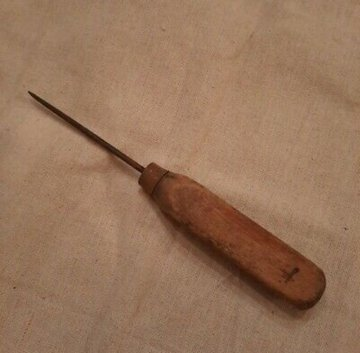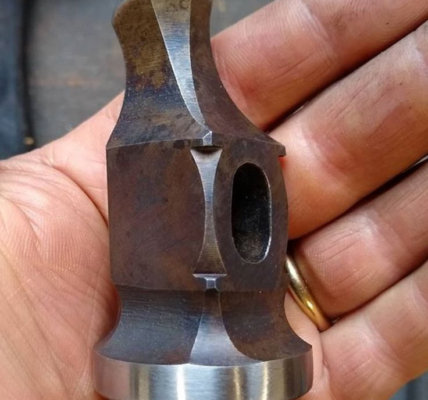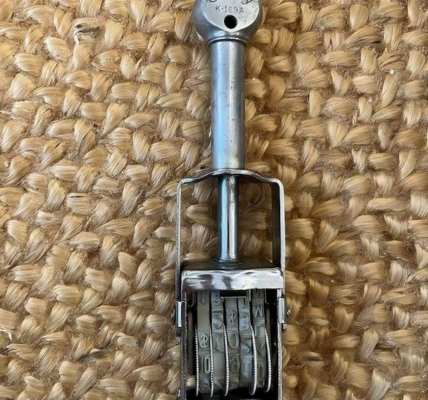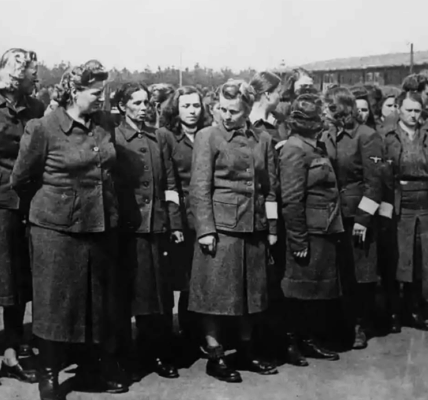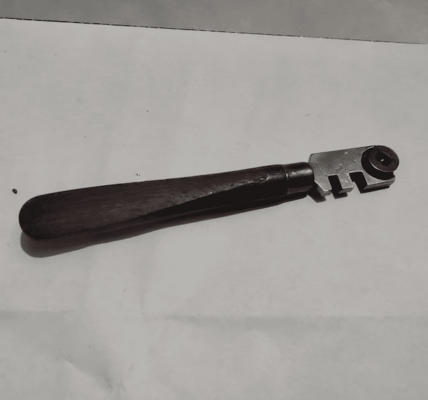In a world filled with modern technology and sleek designs, vintage tools hold a unique charm that captivates many. Among these timeless treasures is the awl—a simple yet essential tool that embodies history, craftsmanship, and practical purpose. Let’s dive into what makes the awl so significant, exploring its history, uses, and enduring appeal.
What Is an Awl? A Closer Look at This Classic Tool
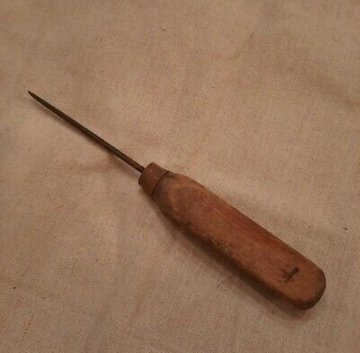
At its core, an awl is a pointed hand tool designed for creating small holes or indentations in various materials, including wood, leather, and metal. Its design has remained remarkably consistent over the years, consisting of a sharp, slender metal shaft (or blade) attached to a comfortable wooden handle. The ergonomic shape of the handle fits snugly in your palm, allowing for precise control and pressure application during use.
This simplicity is part of what makes the awl so effective. It might not have the bells and whistles of modern gadgets, but when it comes to craftsmanship, less can often mean more.
The Practical Applications of an Awl
The primary function of an awl is to pierce or scribe, and it finds its home in various trades and crafts. Here are some key uses:
- Leatherworking: Awls are indispensable in leather crafting. They are used to punch holes for stitching, mark patterns, and create intricate designs. The sharp point allows artisans to control the depth and size of each hole, ensuring consistent and high-quality work.
- Woodworking: In woodworking, an awl helps create starter holes for screws or nails, preventing the wood from splitting. It also serves as a marking tool, allowing precise points to be established before cutting or drilling.
- Bookbinding: Awls play a crucial role in bookbinding, where they punch holes in paper or leather covers for sewing pages together. The precision offered by the awl is essential in this delicate craft, ensuring books are bound securely and beautifully.
- General Crafting: Beyond these specialized trades, awls find use in various crafting applications. They can create holes in fabric, plastic, or metal, and even serve as tools for prying or scraping.
Craftsmanship and Tradition: The Awl’s Enduring Legacy
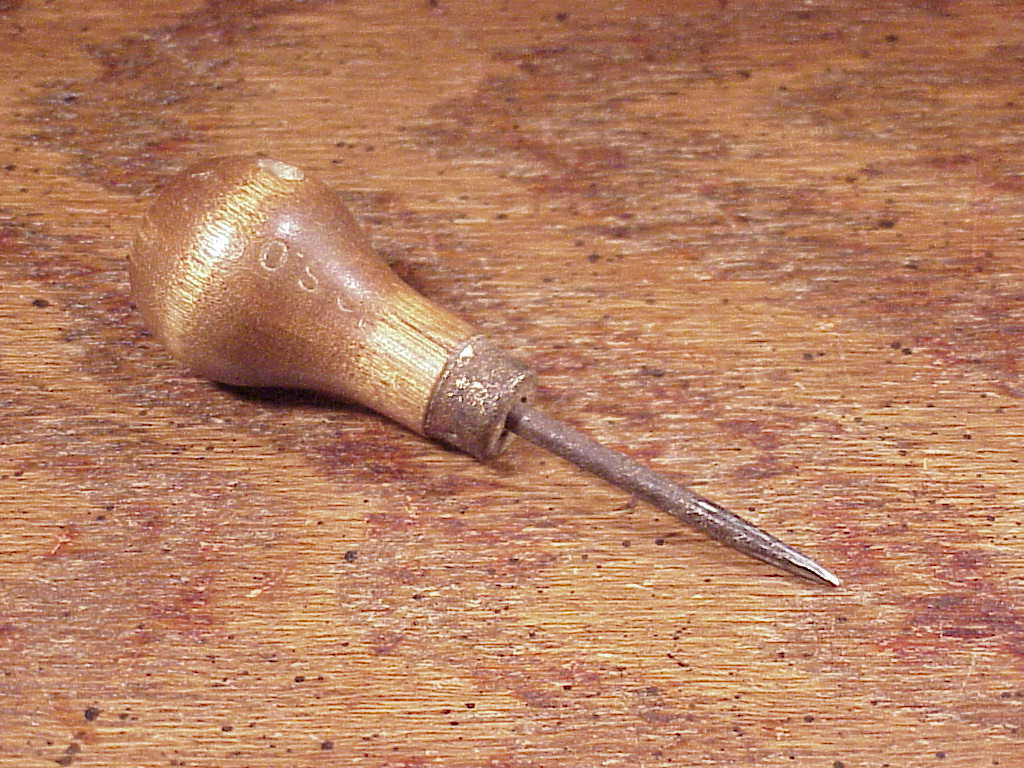
Despite its straightforward design, the awl carries a significant legacy. For centuries, it has been a staple in the toolkits of craftsmen, artisans, and tradespeople. Its enduring presence speaks to its effectiveness and reliability.
The vintage awl, with its weathered wooden handle, likely tells a story of years of dedicated use. Each scratch and mark on the handle represents countless projects—from leather goods to beautifully hand-bound books—crafted by skilled hands.
Why Vintage Awls Matter Today
In today’s fast-paced world, where many tools have become specialized or replaced by power tools, the awl retains its importance in handcrafting traditions. Whether utilized by a professional leatherworker or a hobbyist bookbinder, the awl is cherished for its precision and simplicity.
For collectors and enthusiasts, a vintage awl is not merely a tool; it’s a tangible connection to the past, a reminder of the artistry that has shaped human culture. Whether displayed as part of a collection or used for its intended purpose, this tool symbolizes the craftsmanship that endures through the ages.
Appreciating the Craft and History of the Awl
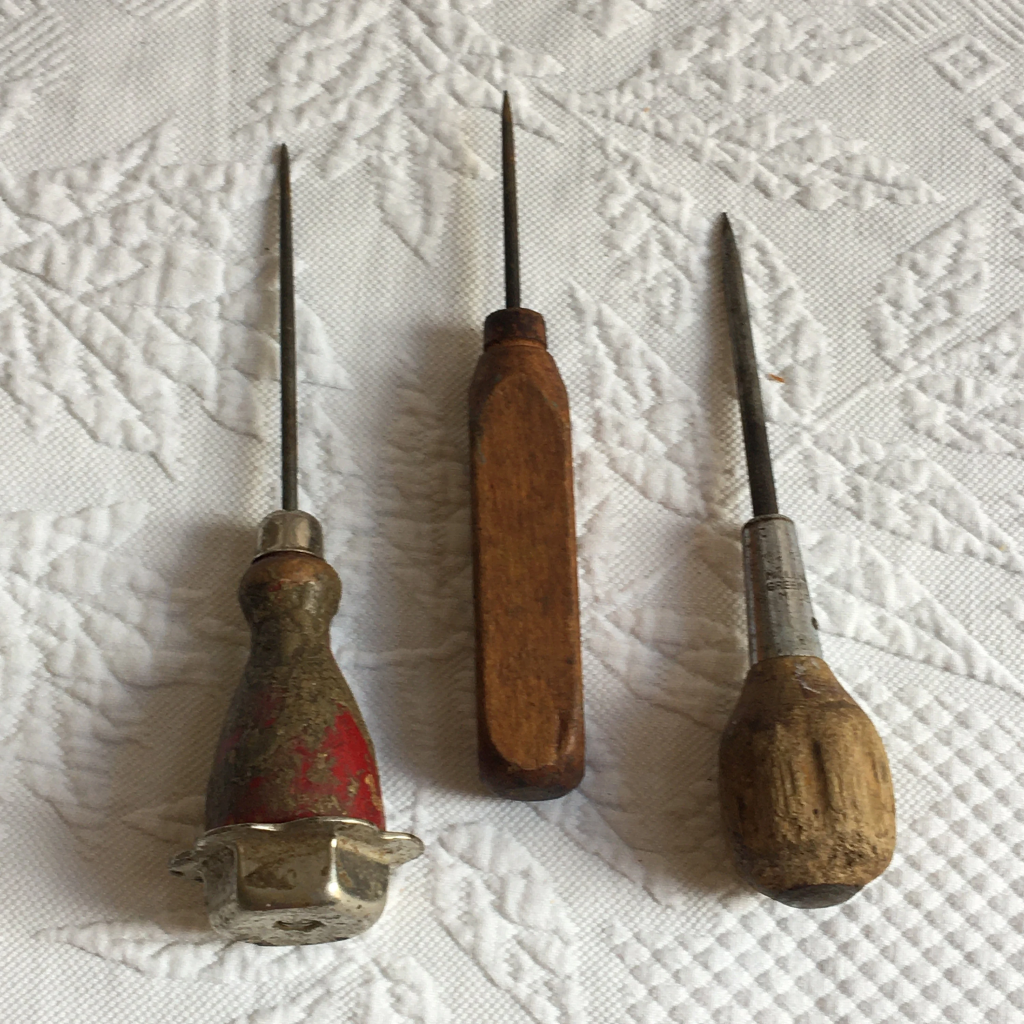
Next time you encounter an old awl, take a moment to appreciate its history and the hands that once wielded it. In the realm of craftsmanship, an awl represents more than just a sharp point; it’s a testament to the enduring legacy of human creativity and skill.
In a world that often favors the new and flashy, the vintage awl stands as a reminder of the value of tradition and the beauty of simplicity. So, whether you’re a seasoned craftsman or a curious beginner, don’t overlook the small yet mighty awl. It holds the potential to enhance your projects and connect you with a rich history of craftsmanship that deserves recognition.
The Awl—A Symbol of Timeless Craftsmanship
The vintage awl is not just a functional tool; it embodies a rich history of craftsmanship, practicality, and artistry. Its simple design and versatile uses have ensured its place in the hearts of artisans for generations. As we continue to embrace modern tools and technologies, let’s also honor the vintage awl and the legacy it represents. It serves as a bridge between the past and present, reminding us of the enduring power of traditional craftsmanship in our ever-evolving world.
